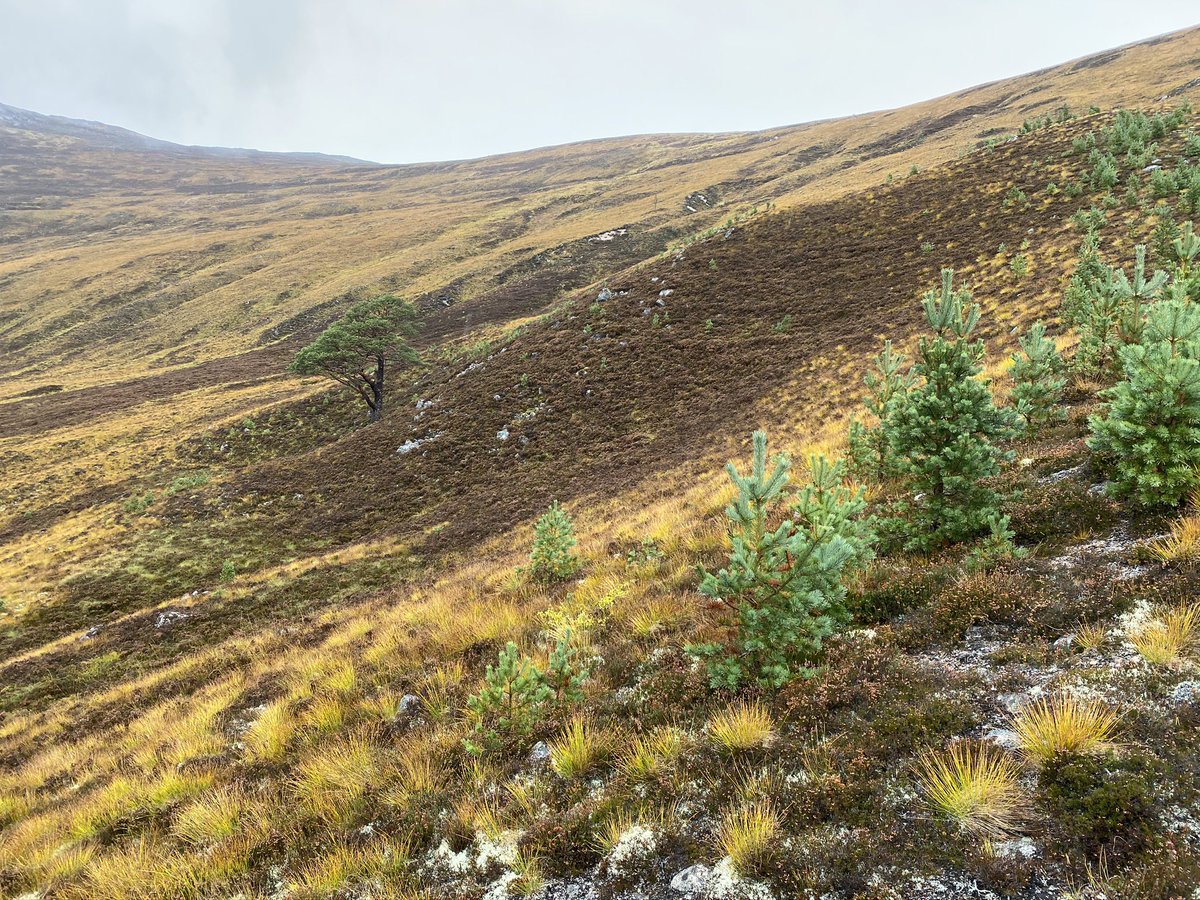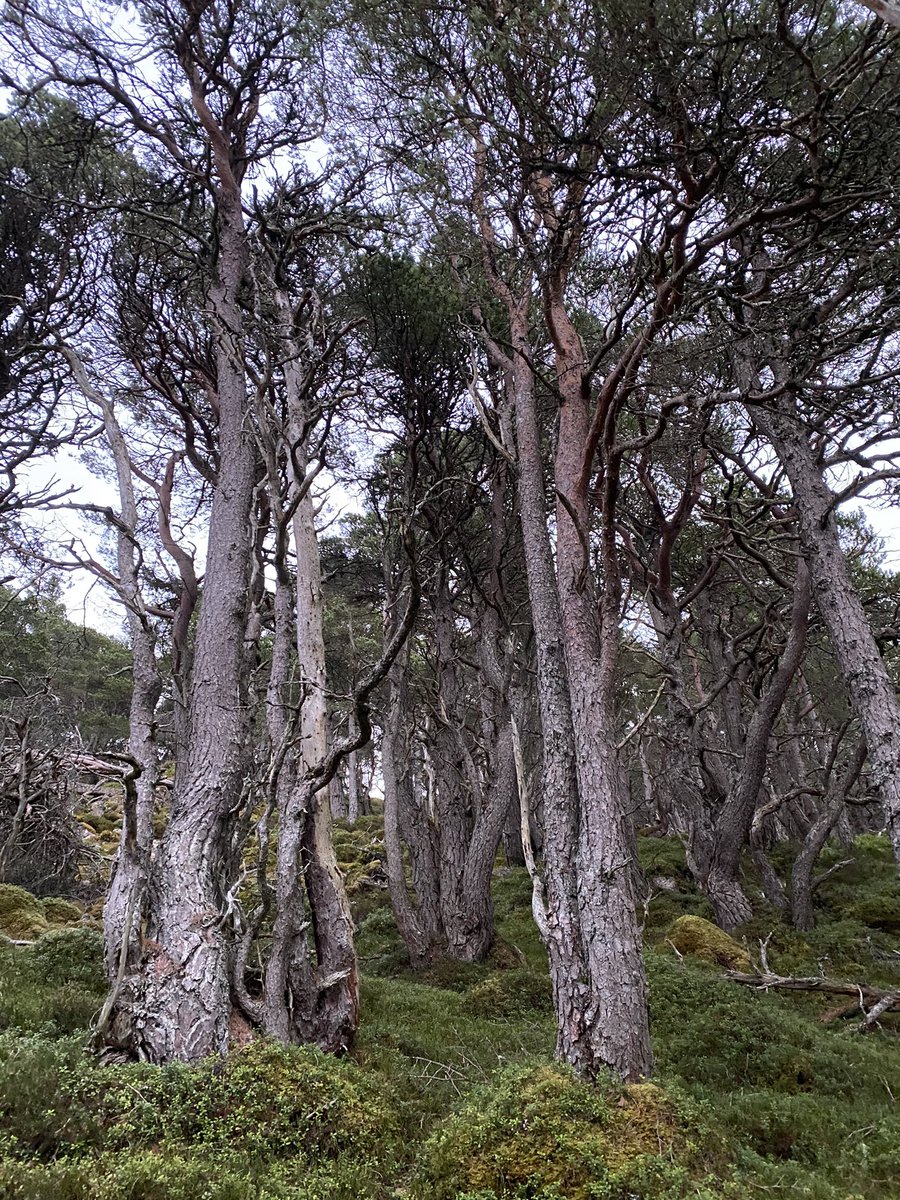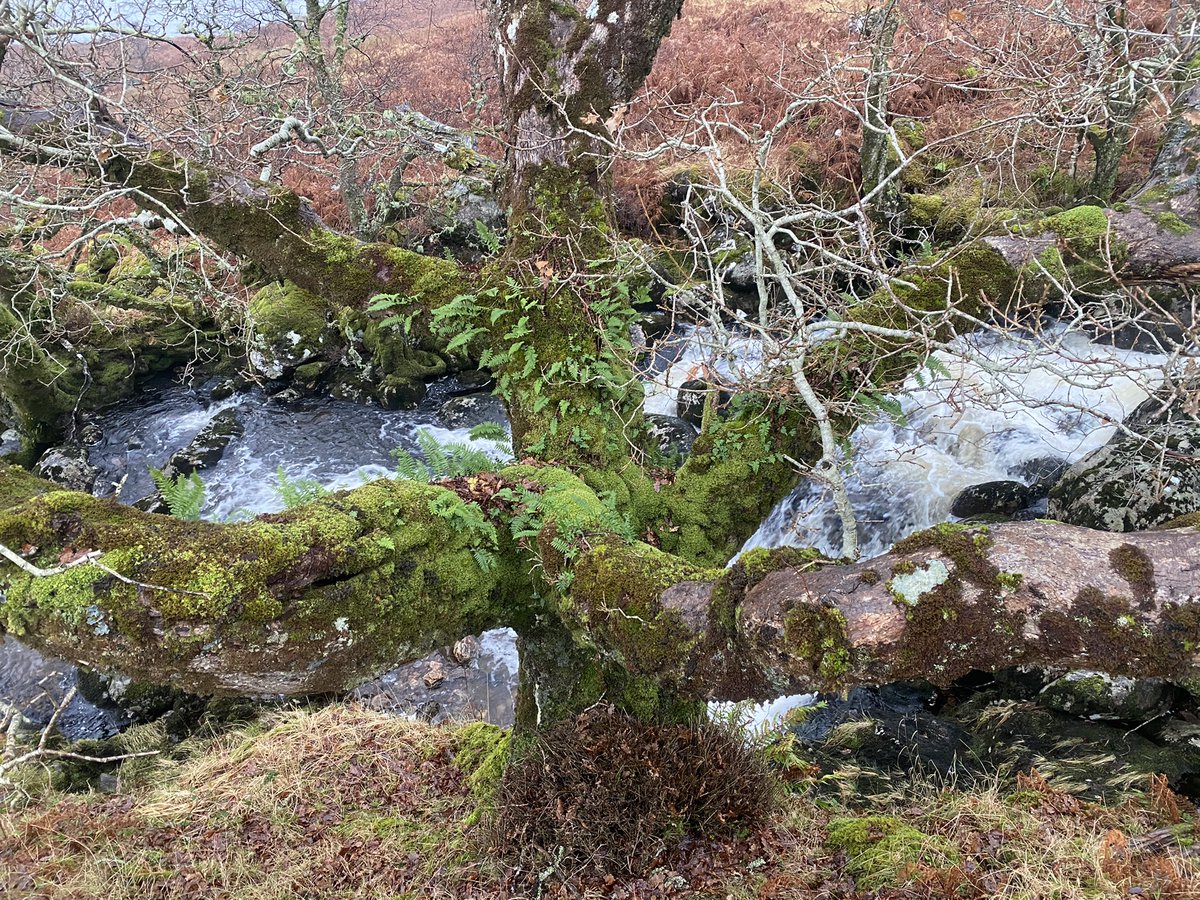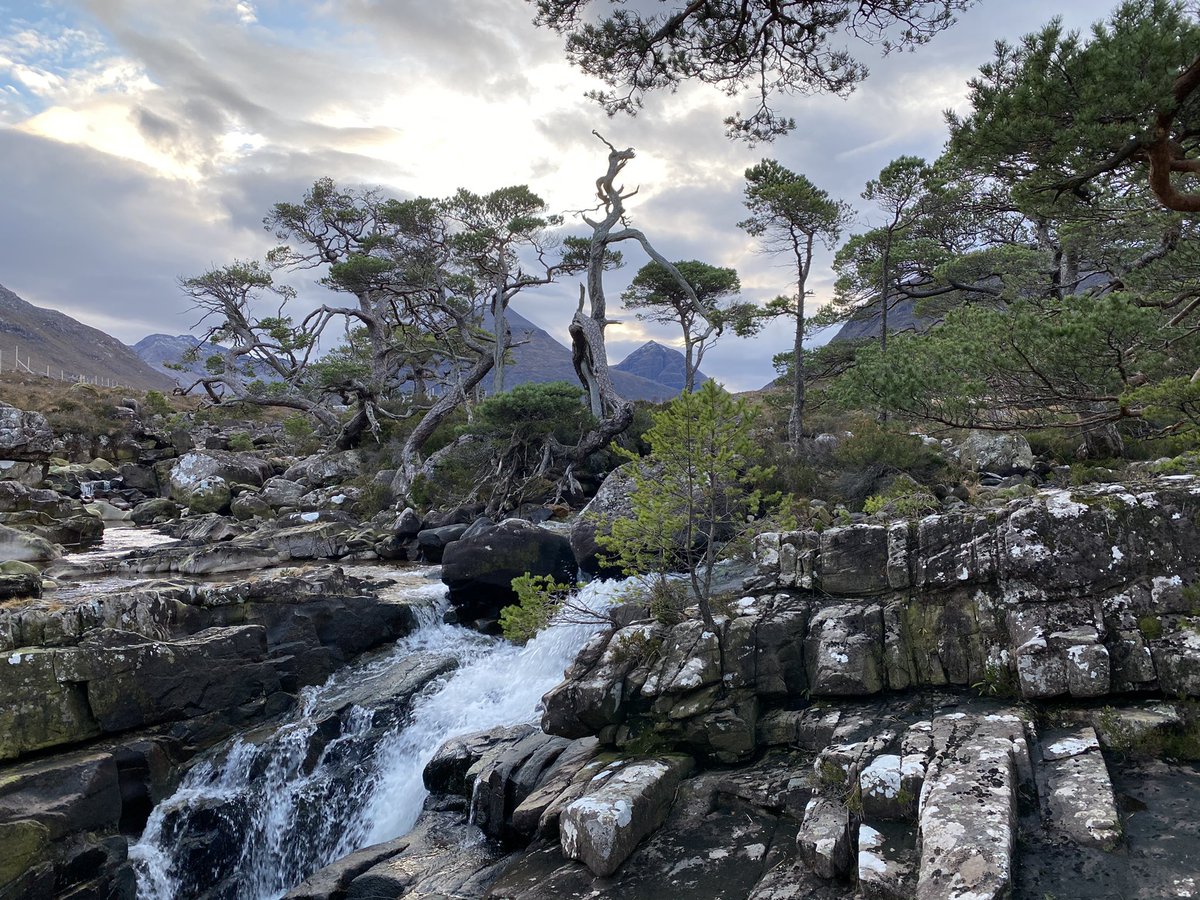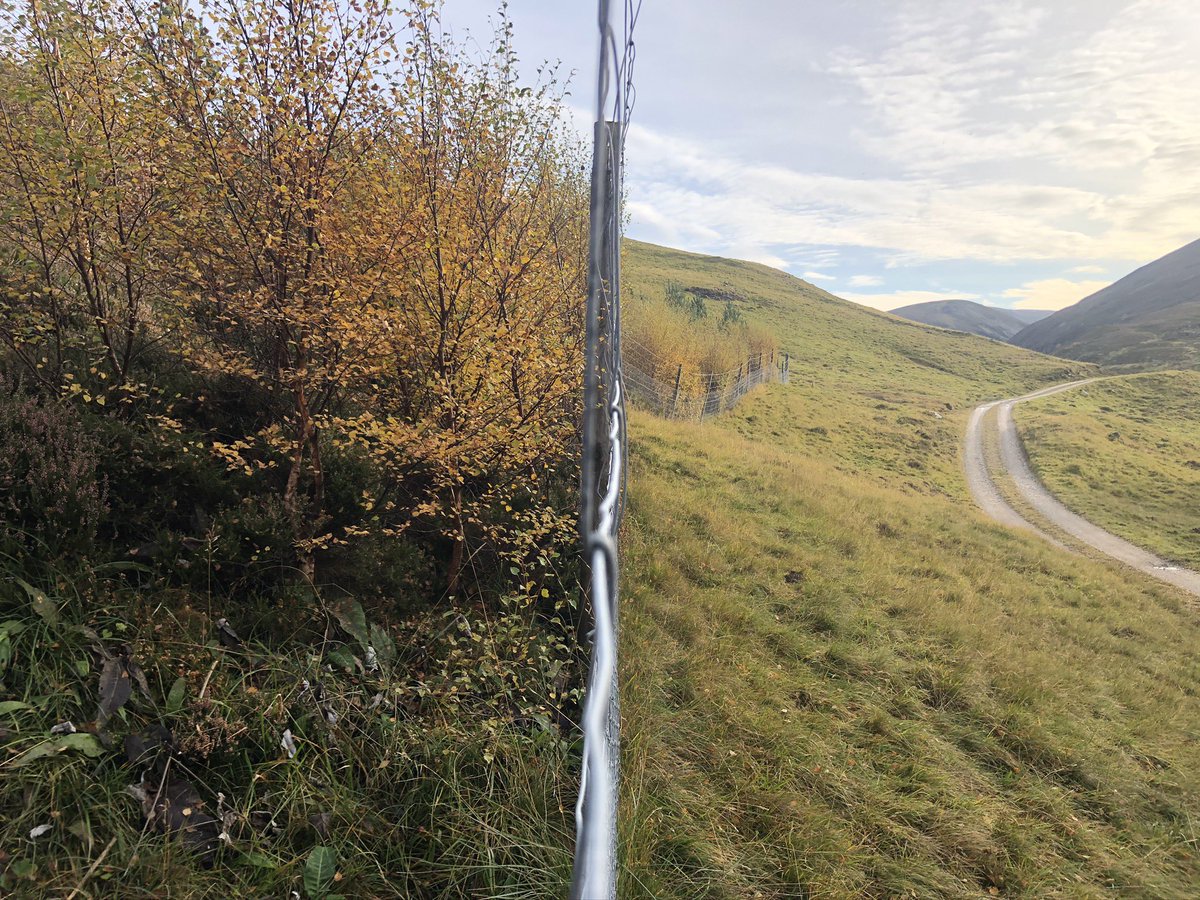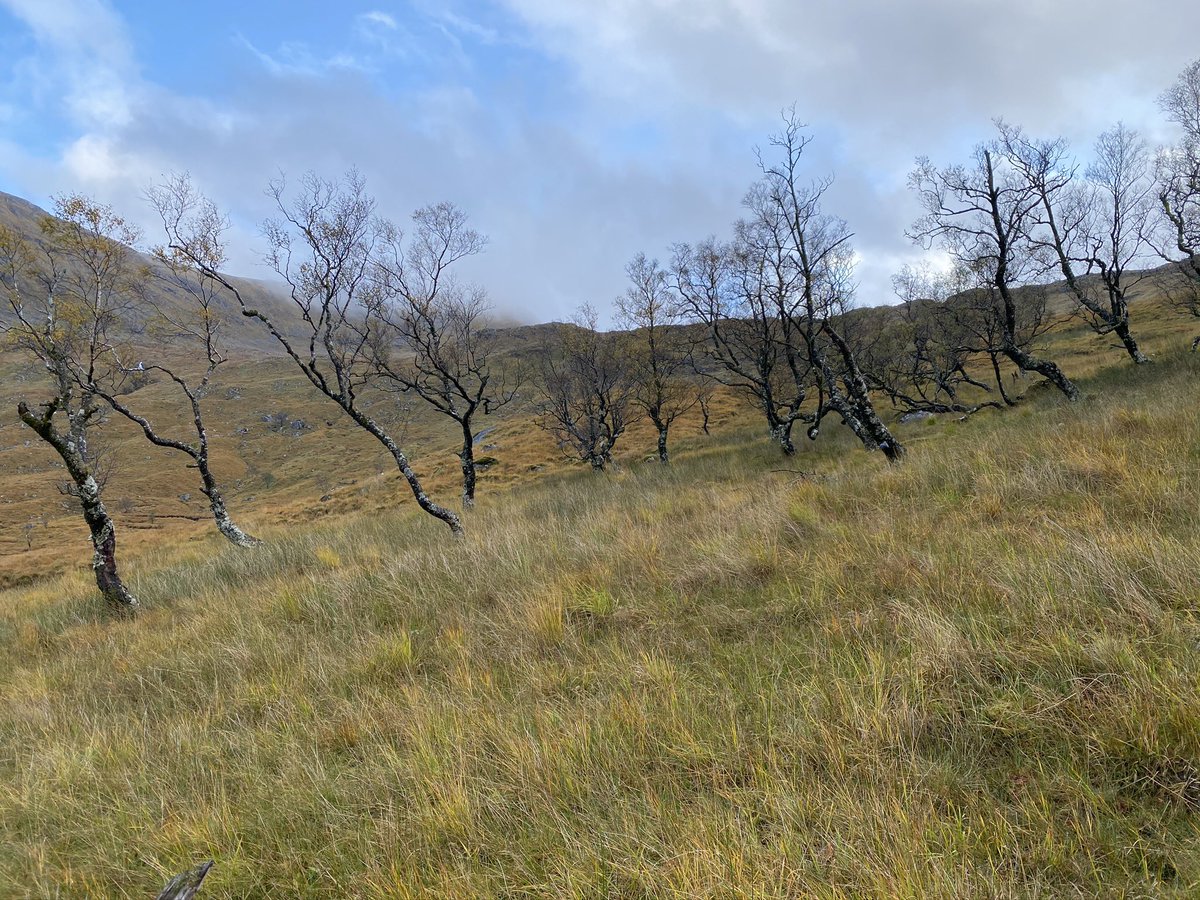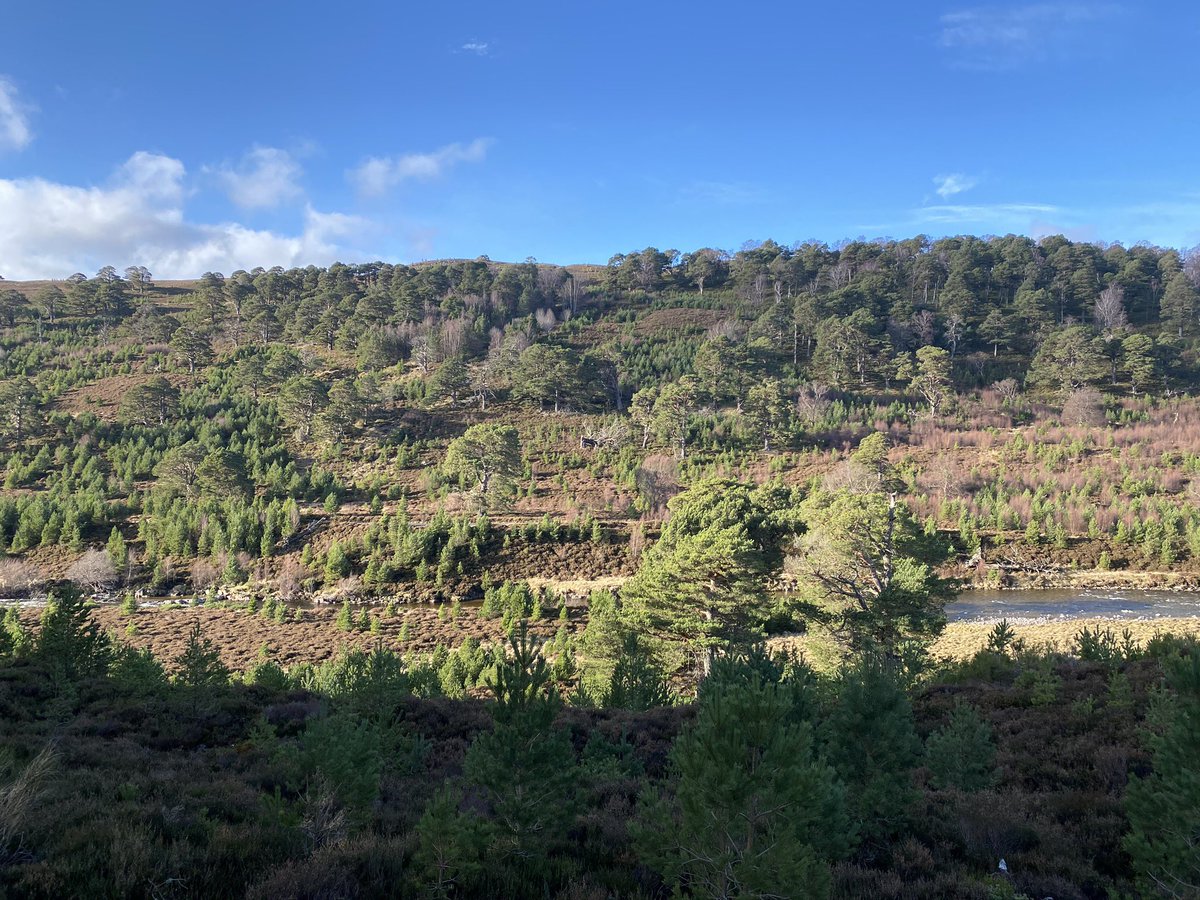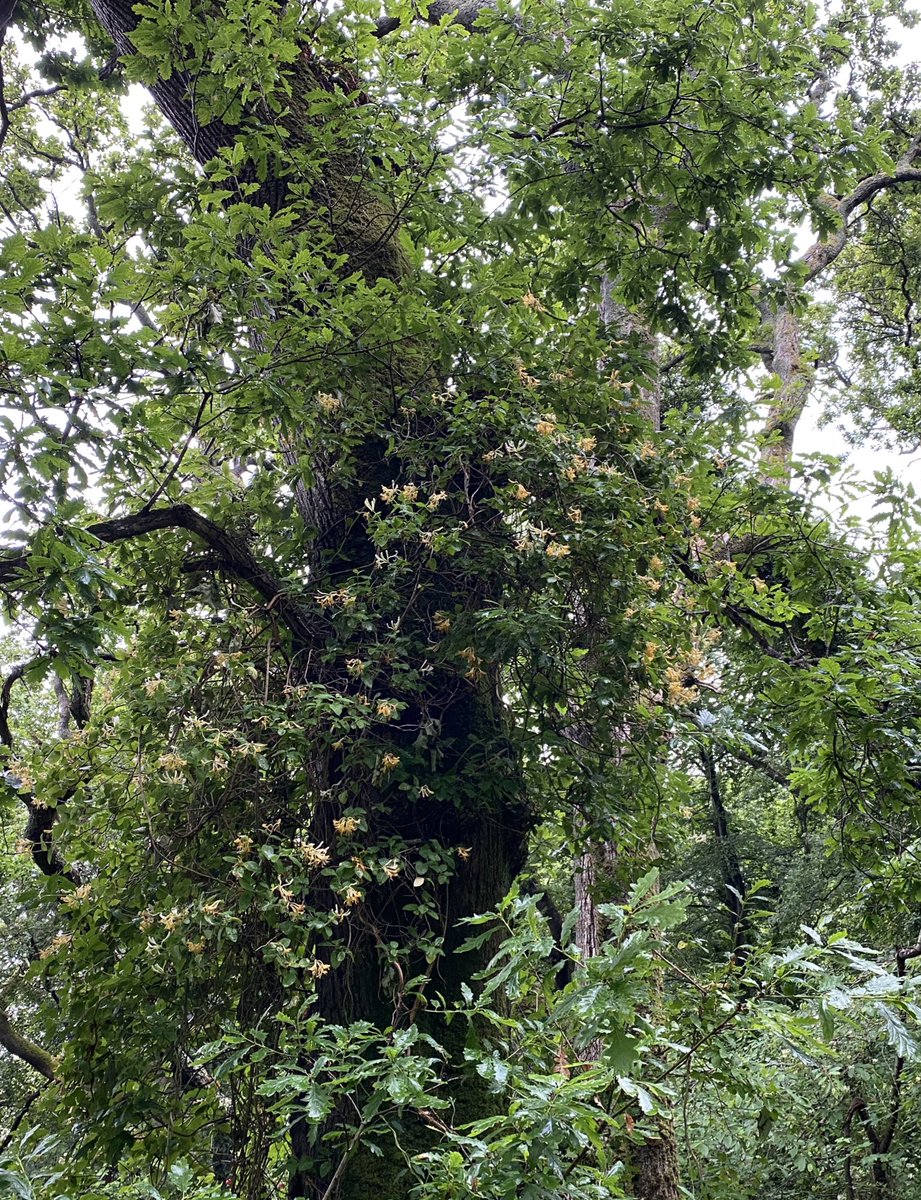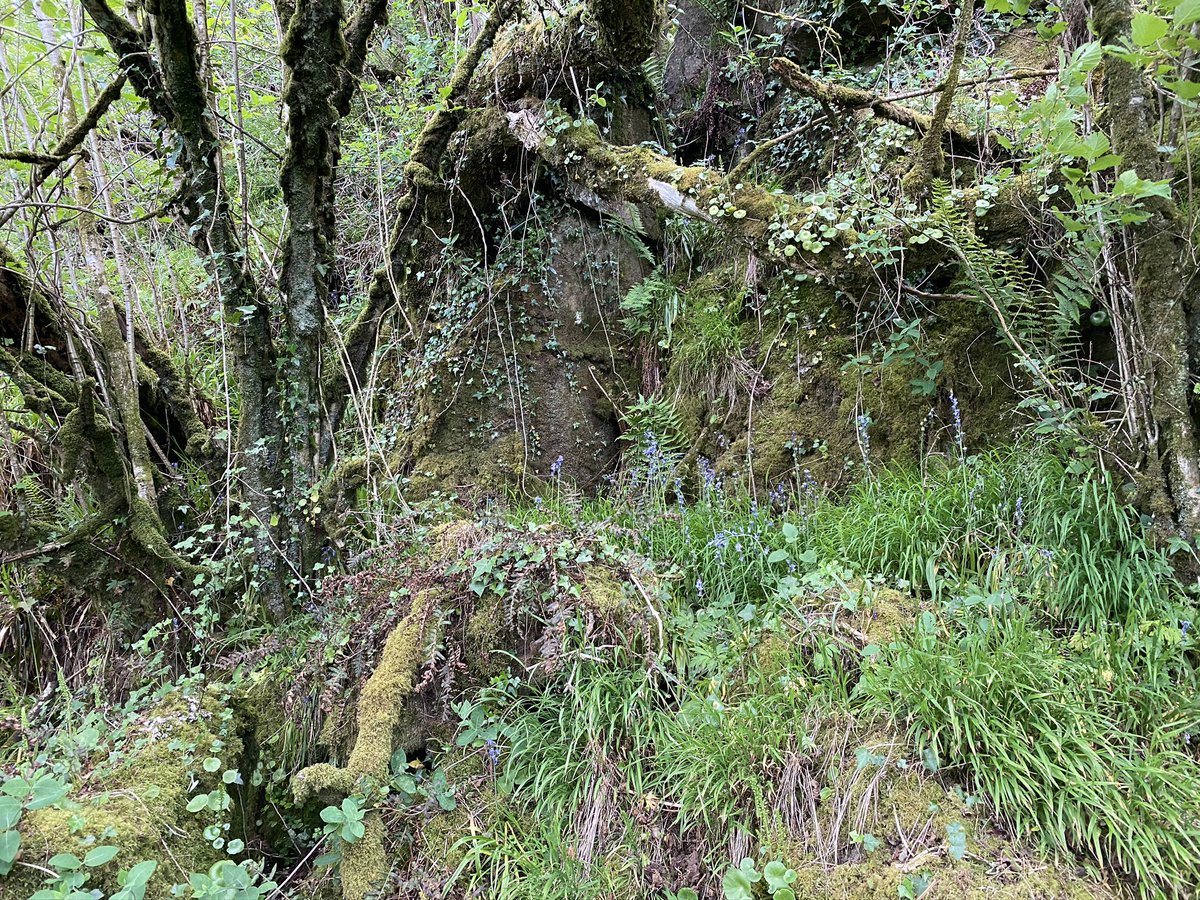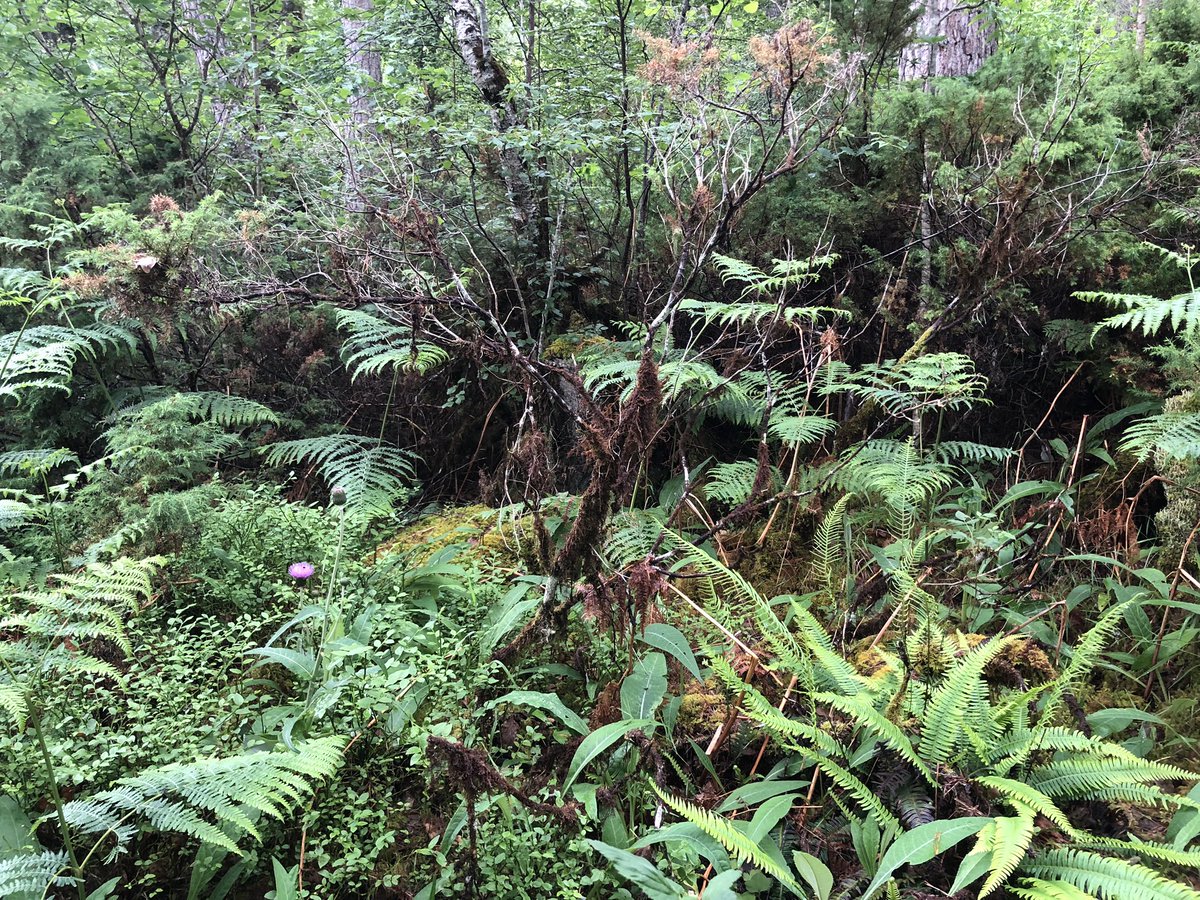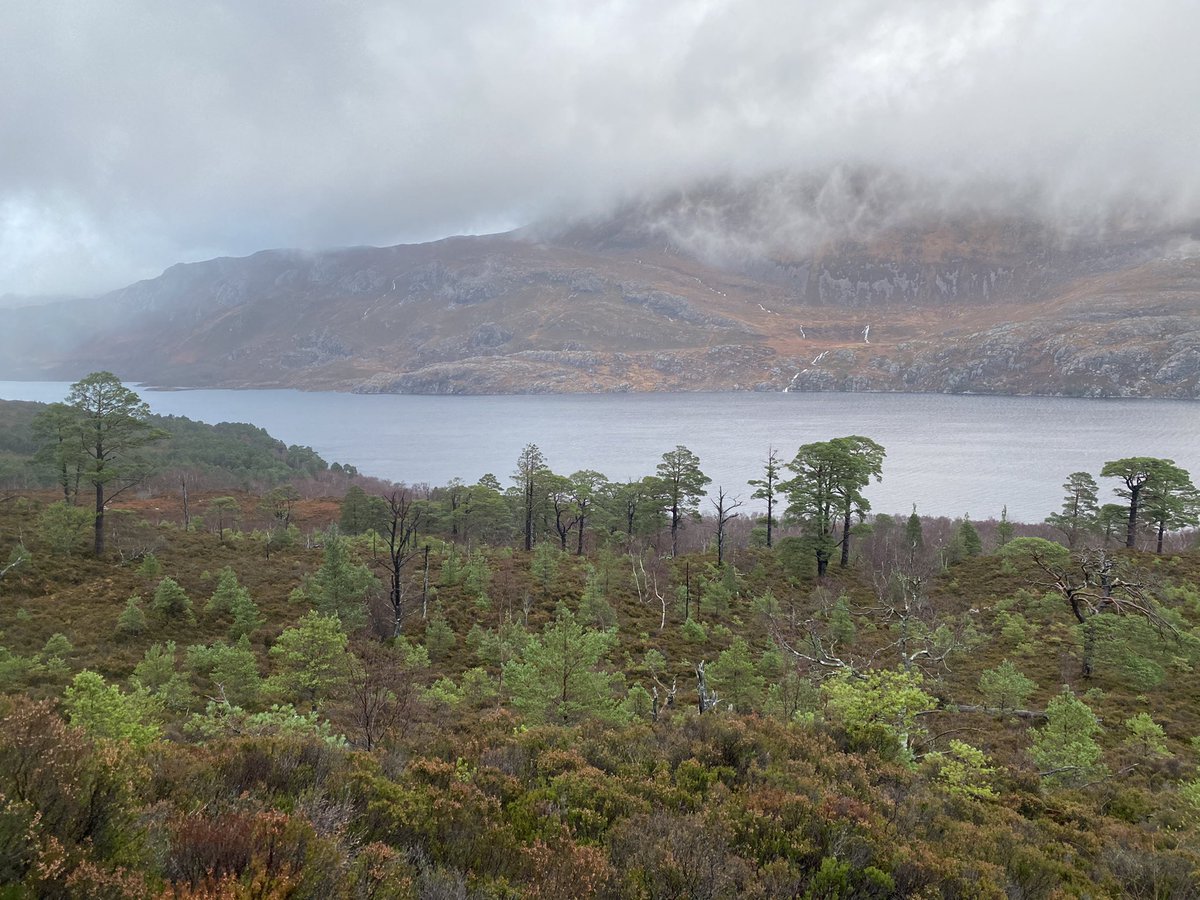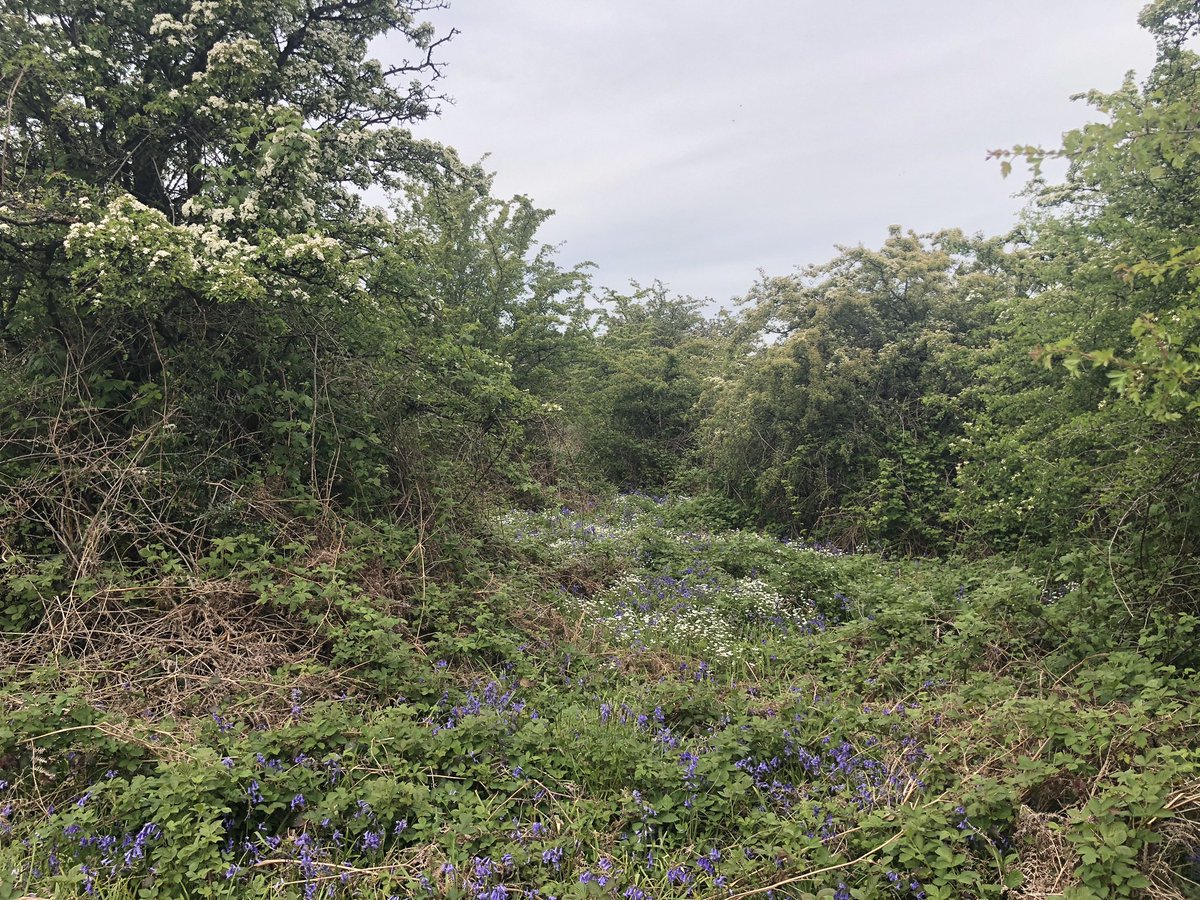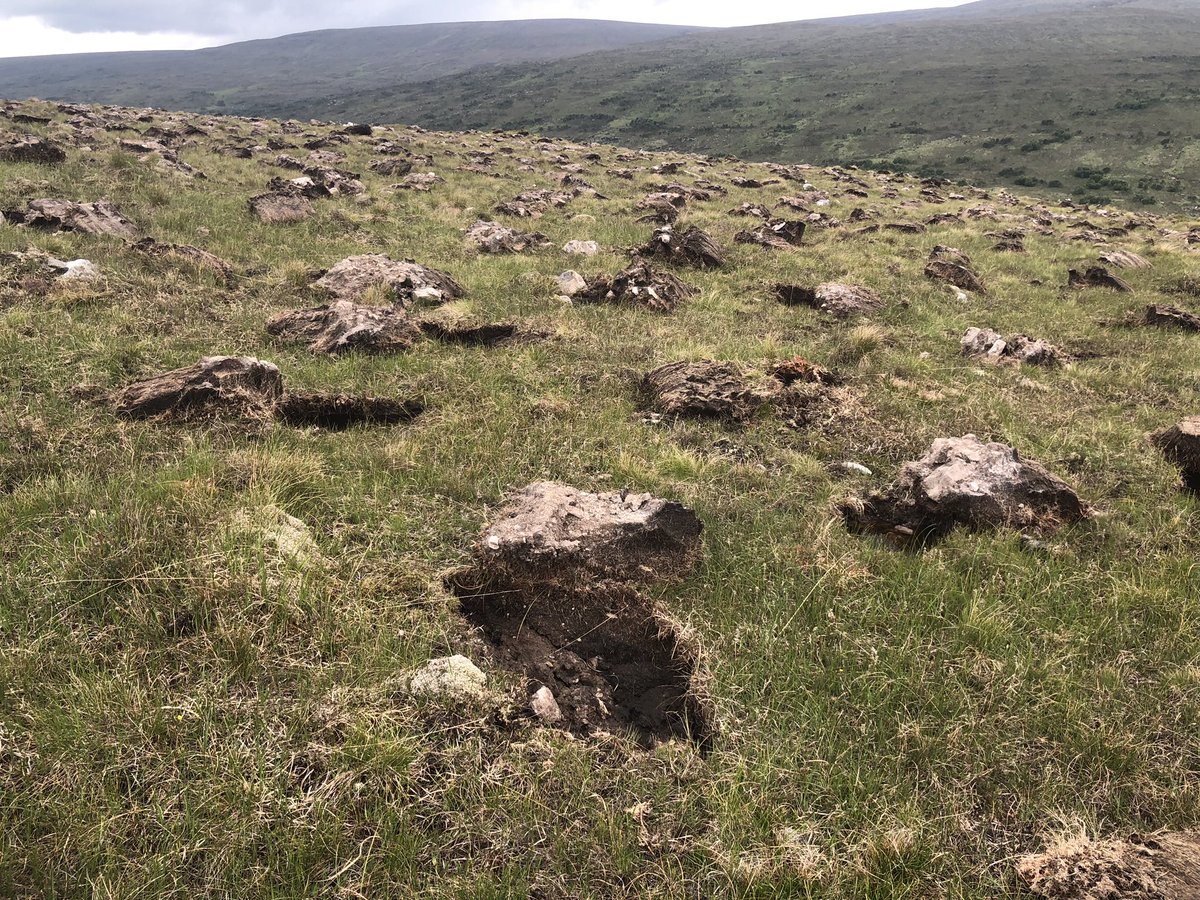within 12 years, Scotland plans to create around 10 Glasgows-worth of new 'woodland', primarily through tree planting.
what if i told you that this could not only be done, but done better, *without* planting a single tree?
thread:
what if i told you that this could not only be done, but done better, *without* planting a single tree?
thread:
firstly, trees have managed to successfully plant themselves for at least 385 million years. they're actually really good at it! if they weren't, they'd not have made it back to Scotland after the last ice age.
we call trees planting themselves 'natural regeneration'
we call trees planting themselves 'natural regeneration'
natural regeneration is the reason most ancient woods in the Highlands exist - they're made up of *wild trees*, descendants of those that recolonised Scotland after the ice age.
wild trees are generally more variable than planted ones (both genetically and in form):
wild trees are generally more variable than planted ones (both genetically and in form):
the reason we don't see wild trees spreading back out across the landscape is that natural regen is now widely prevented by high numbers of deer (and in some places livestock), who eat all the little tree seedings. you can see the impact either side of this effective deer fence
another consequence of this is that ancient woods are slowly falling apart, as trees that die are not being replaced. undergrowth and wildflowers are also widely suppressed, with big knock on impacts on pollinators and other wildlife
to address this, we ultimately need to reduce unbalanced deer populations. it is not normal for deer to be eating *every* accessible seedling across much of the Highlands - this happens because:
a) we've removed their predators, and
b) most estates aim to keep deer numbers high
a) we've removed their predators, and
b) most estates aim to keep deer numbers high
when deer (and livestock where applicable) are in balance with natural regeneration, ancient woods will start to recover and expand on their own - if all woodland on Scotland's Ancient Woodland Inventory expanded outwards by 100m, we'd increase tree cover by ~25 Glasgows-worth
this approach has major ecological advantages over our current tree planting plans. arguably the biggest is that it puts trees and shrubs where they're of most use to wildlife - inside and around ancient woods. it also allows undergrowth and wildflowers to spread (pics)
another is that natural regeneration creates new wild trees, preserving genetic diversity (key to providing resilience to disease and climate change) and generating expanded woodland with a natural composition and structure (important for wildlife). planting doesn't do this well
yet another is that natural regeneration can include a flowery, berry-rich scrub stage that precedes canopy tree establishment - and this scrub stage is fantastic for wildlife
finally, tree planting often involves soil disturbance (severe if plowing or mechanically mounding, pictured), which can release a significant amount of carbon (Scotland's soils store *a lot* of carbon)
woodland expansion through natural regeneration avoids this
woodland expansion through natural regeneration avoids this
when you next hear about tree planting targets (probs in run up to May 2021 Scottish parliament elections), pls question them. we're going down a very expensive route that allows ancient woods & wild trees to be sacrificed, and is not delivering much for wildlife @FergusEwingMSP

 Read on Twitter
Read on Twitter